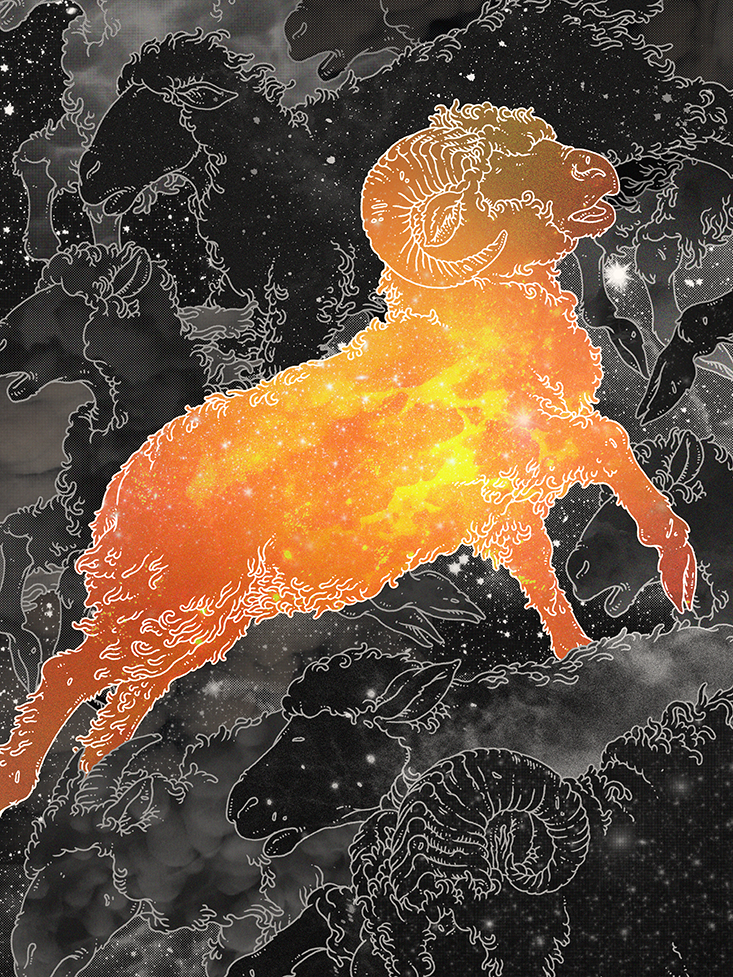Glastonbury Tor - The Mount.
Notice the seven levels. For the seven known planets - Mercury Venus Mars Jupiter Saturn the Sun and the Moon
Glastonbury Tor - The Well
notice the seven known planets, err cups leading to the well
the cover, with the piscis vessica formation
Now suppose you were a 20 something Jesus and some mad king on an island was TRYING to teach you about the every 26,000 year destruction cycle of the planet which we learned from the egyptians. A cycle so intense, that NOTHING remains from it. Except dinosaur bones. It will be interesting if our civilization is wiped out if our skyscrapers will survive enough so that some day people will dig deep into the earth and discover us. Can you imagine the shock, simple desert people thinking their advanced camel and flint civilization just beginning to modernize with simple engines and iron age technologies digs deep (or perhaps from an earthquake) finds a shaft and they go down deep and find the inside of the chicago sears tower? Can you imagine their disbelief? We have ONE such item on our planet and only one that may be from prior apocolypse and that is the sphinx which is dated to 10-25,000 years ago.
Now imagine Jesus on the island getting his year long tuteledge like the old leaders did at Heliopolis and learning all about the precession cycle, the astrological zodiac and the piscis vessica (the pattern which appears as an interference pattern of 2 stars aligning - see Rings of Ophion). When he went back to explain it, perhaps he drew it as something others could relate to, perhaps he drew a boat anchor!
That may be the secret link between the TRUE knowledge - the Piscis Vessica - and the corrupted knowledge - the Chi Ro. And at our most important sites (was Jesus Arthur? Did he and the 12 reunite at Glastonbury and unify England against Rome? Leading to the font of all of our current civilization? Did he retire to the celtic civilization? Speculation? Maybe.).
Now look carefully at the well cap cover. we see two stars. The shamash. The same symbol we have from the accadians and sumerians. THE SAME! The same critical archaeology which is all around us EVEN IN VATICAN SQUARE. IT IS CRITICAL. Naw cant be. just mad ramblings right?
So what is left from our past cycle? Perhaps this - Adams Calendar, dated to 70,000 years ago. A ancient stonehenge astronomical calendar.
OK now lets dive DEEP. Ready? First we look to ancient Sepphoris and find this mosaic. (Hamat Tiberius, Galilee (4th century c.e.))
To the dumb average person, its a Helios symbol, and a chariot. No it isnt. It's a picture of the end destruction of our planet which occurs every 26,000 years. The big secret of Egyptology and now of Christianity our modern secret religion. On the bottom near the hooves, we see the 2 Shamash symbols. Or two stars. We hypothesize that we have some kind of binary star effect when this happens that triggers our collapse. Up in the sky, we see our sun shining TOOO bright. Earth is swung too close to the sun? then the moon. Then the Shamash or our binary star swinging in from an elliptical orbit but normally far away, causing the wobble in our precession cycle. When these two stars get close and strong, we see the piscis vessica pattern, the interferance pattern of two STARS. The third eye concept, is because in between them seems to appear a third object. This is what is on the well at glastonbury Tor. This is what is being depicted and they even put in 2 shamash stars as if we can't understand it. And in the early Chi Ro, they add the alpha and omega. end times. But Christ, taking all this in, tries to explain it to his followers as Fish, and Anchors. Terms that simple fishing folk could understand. This is why we get the odd confusion in the symbol of the Chi Ro.
By the time of the sixth century Beit Alpha zodiac, things are stylized. The horses are hard to make out. Notice the stylized 2 stars at the bottom of christ as shamash images. Some say that these are the four seasons. But no, they are horses in despair. Something bad has happened.
This is also depicted under the Vatican in the ancient tombs. Some wonder, why is Helios there? No it isn't Helios and it isn't Christ. It is a depiction of CATYCLYSM with the horses and the charioteers gaze all of HORROR. This is what the horses going every which way depict.

SevenBowls%2BVesicaPool.jpg)


















